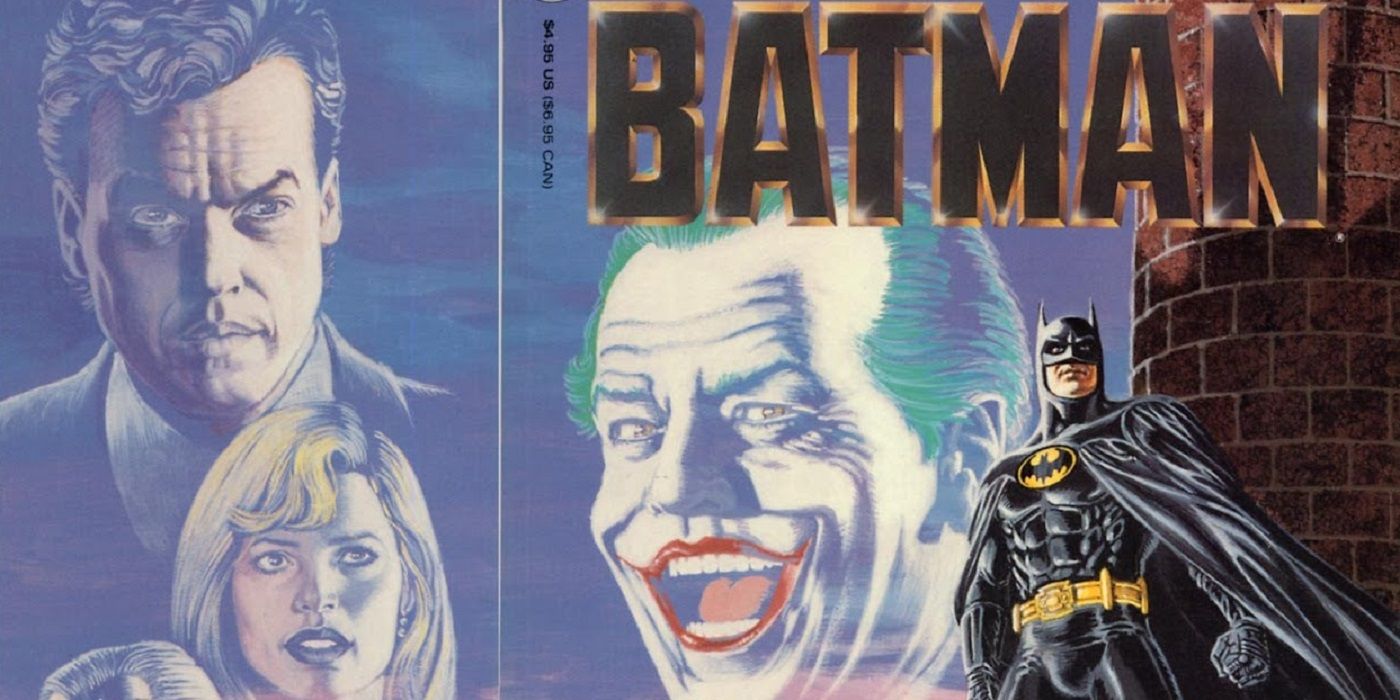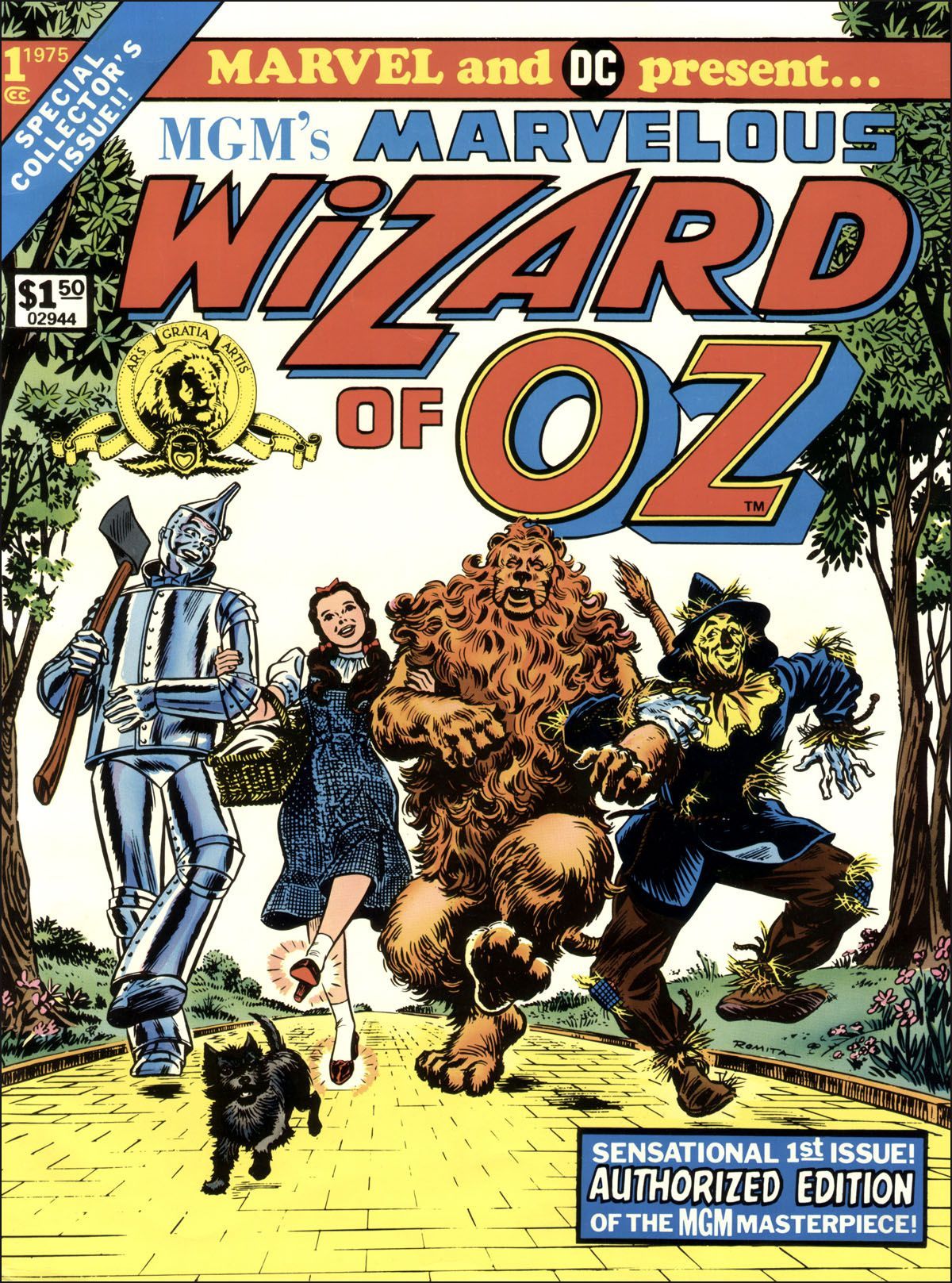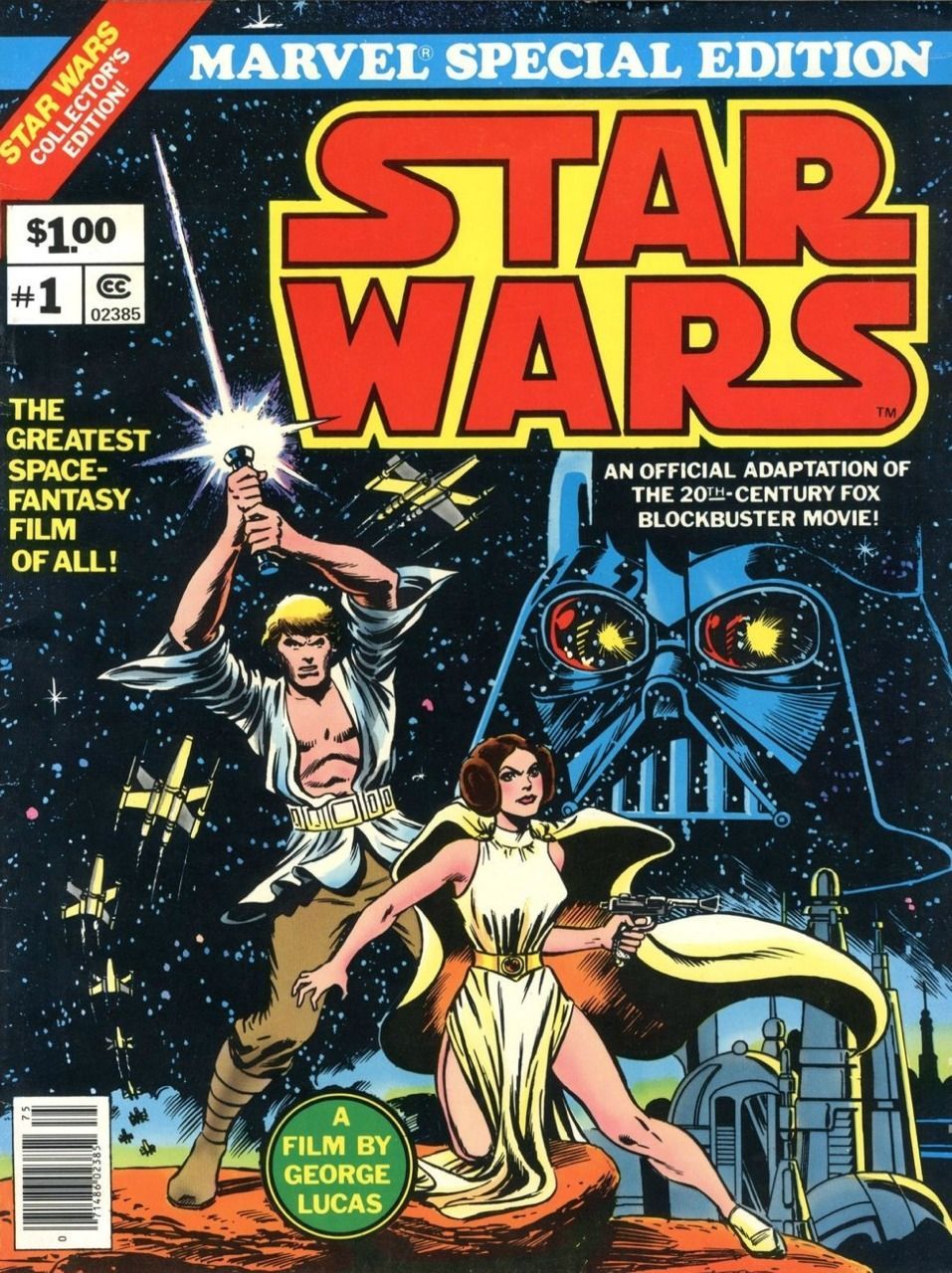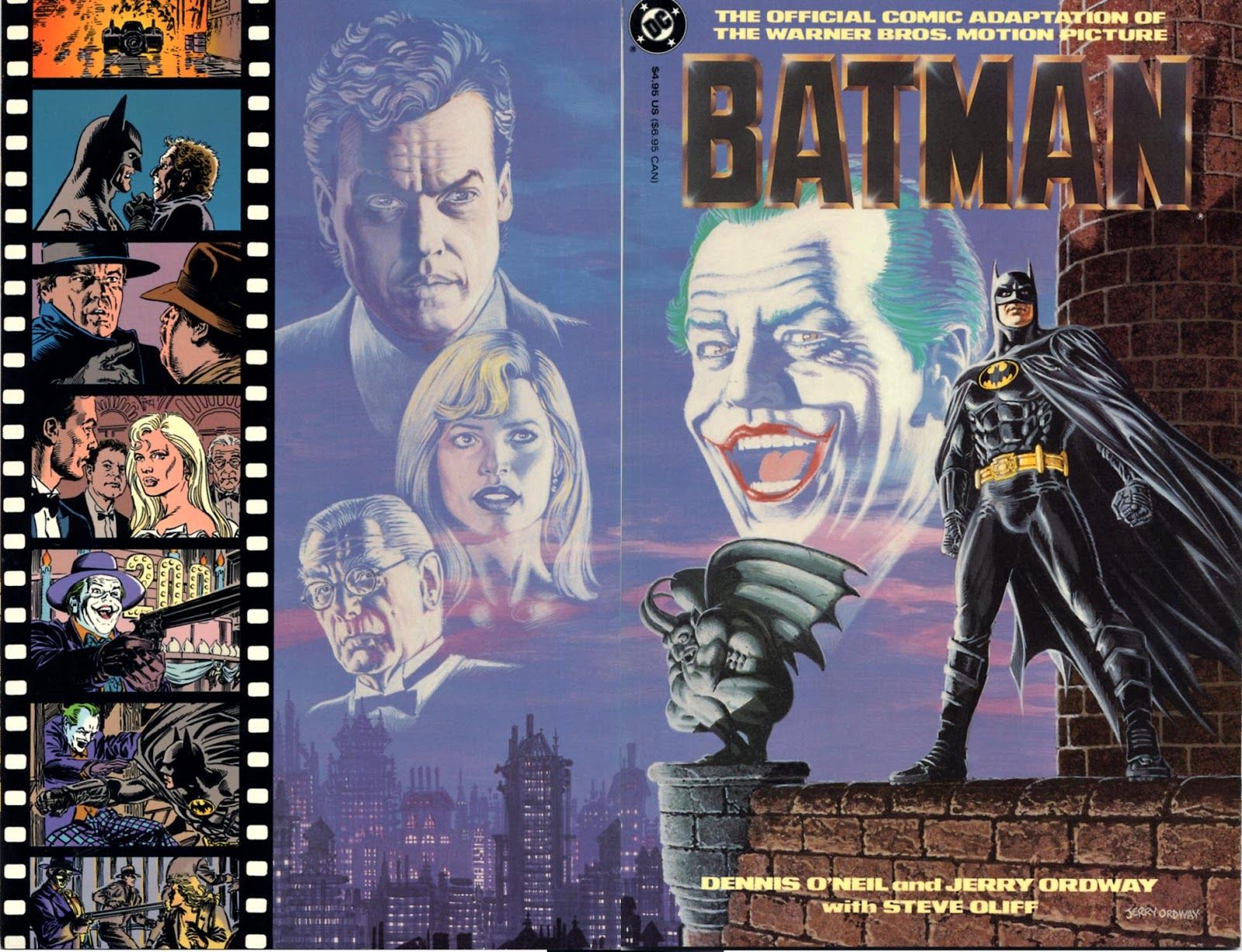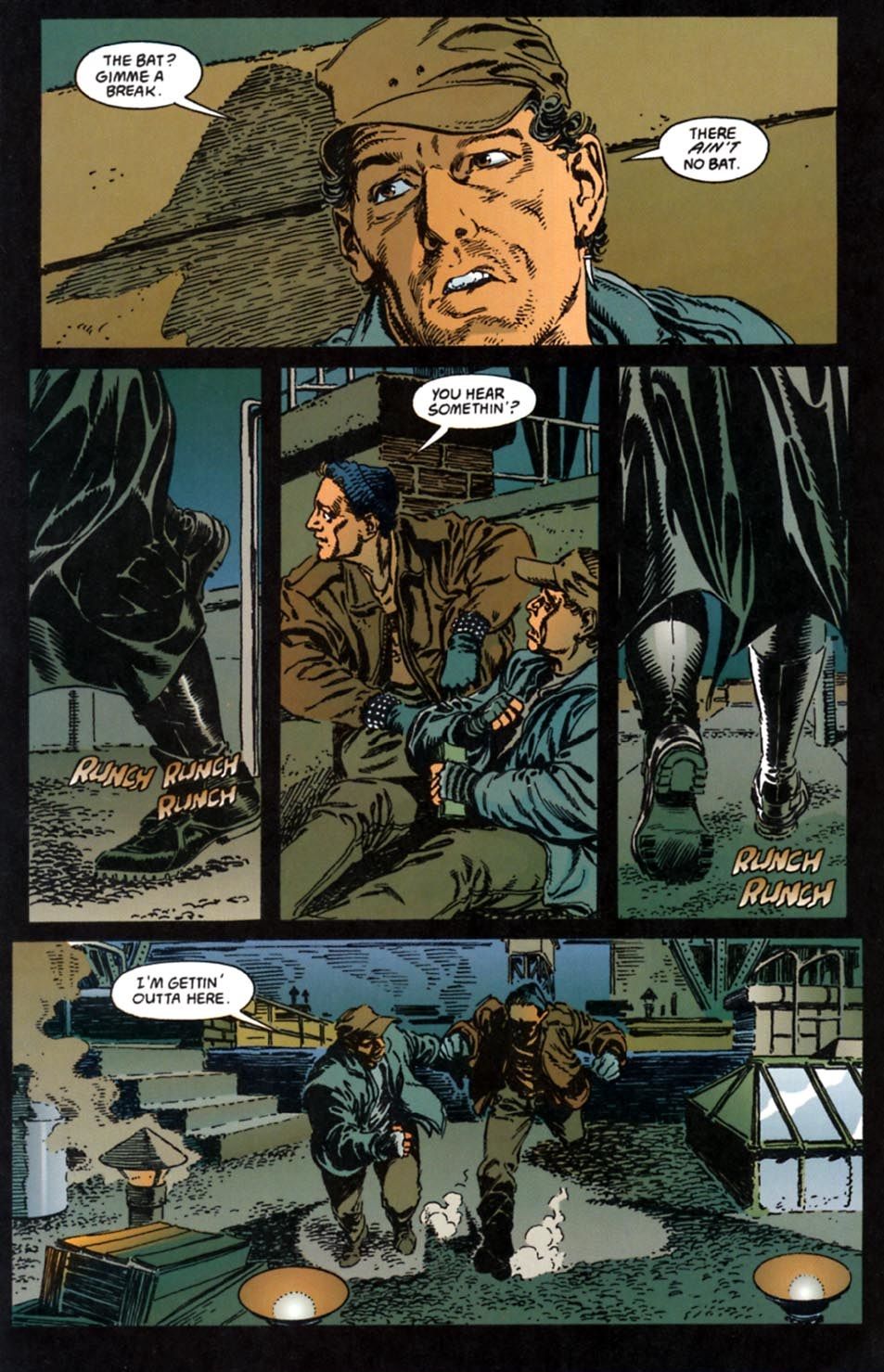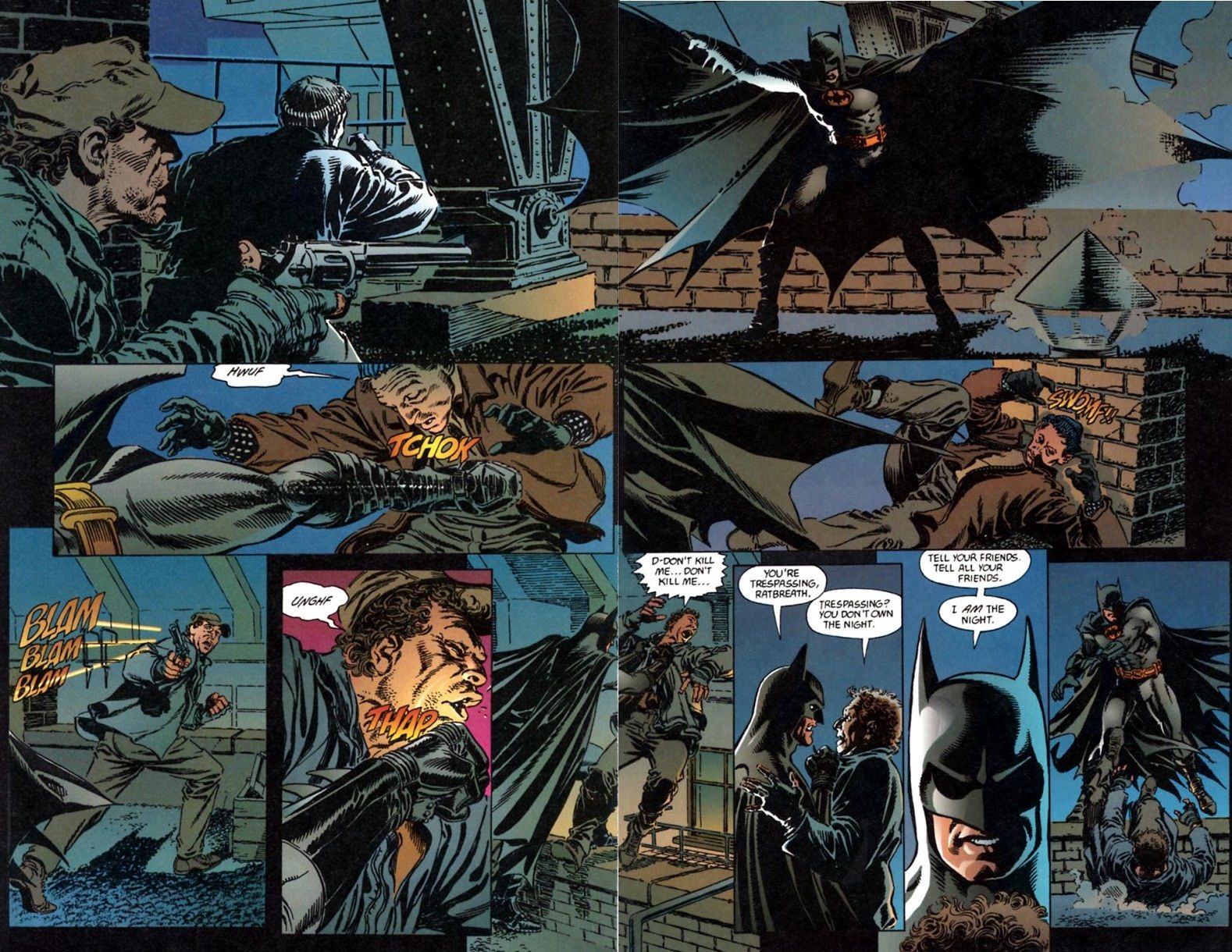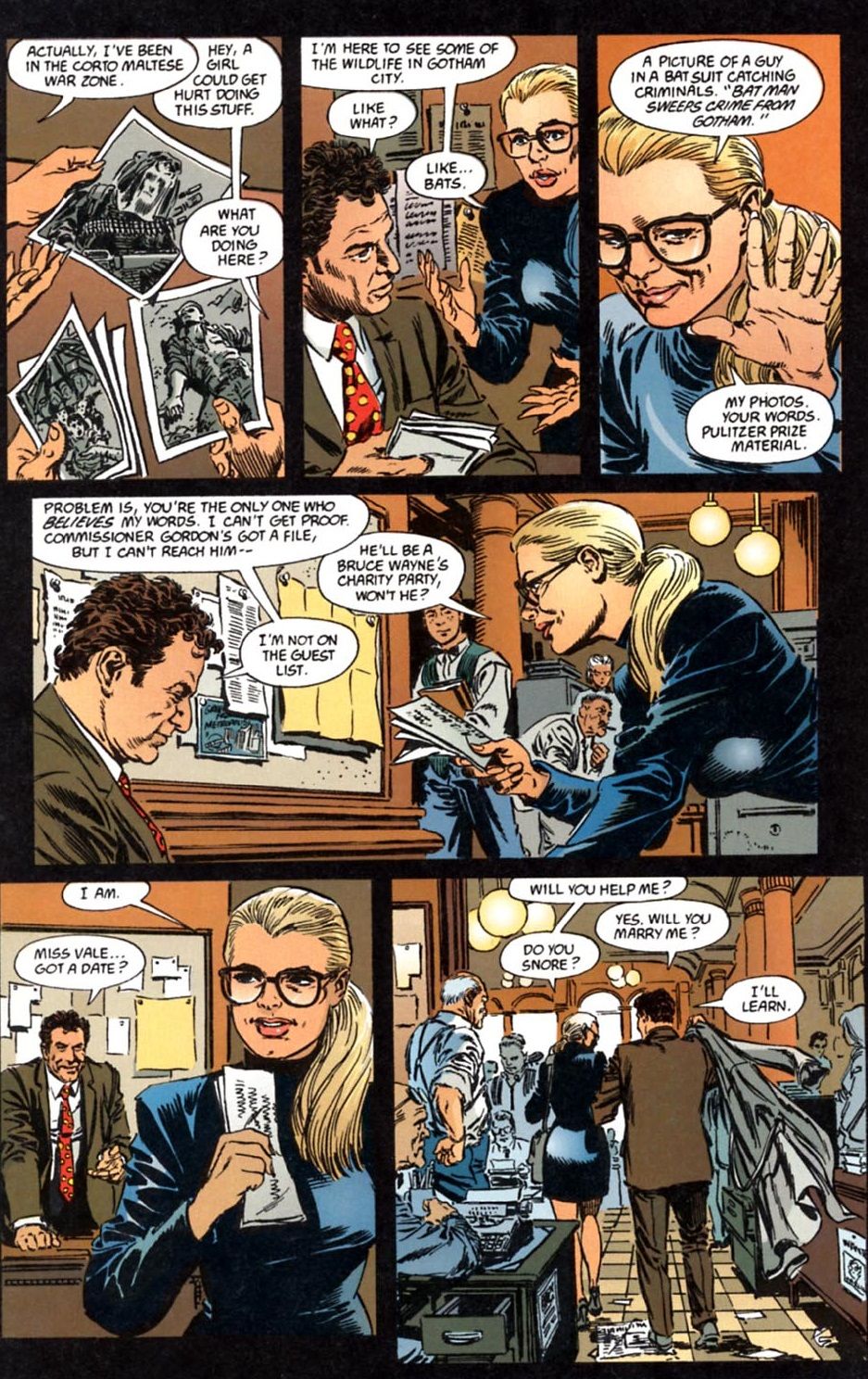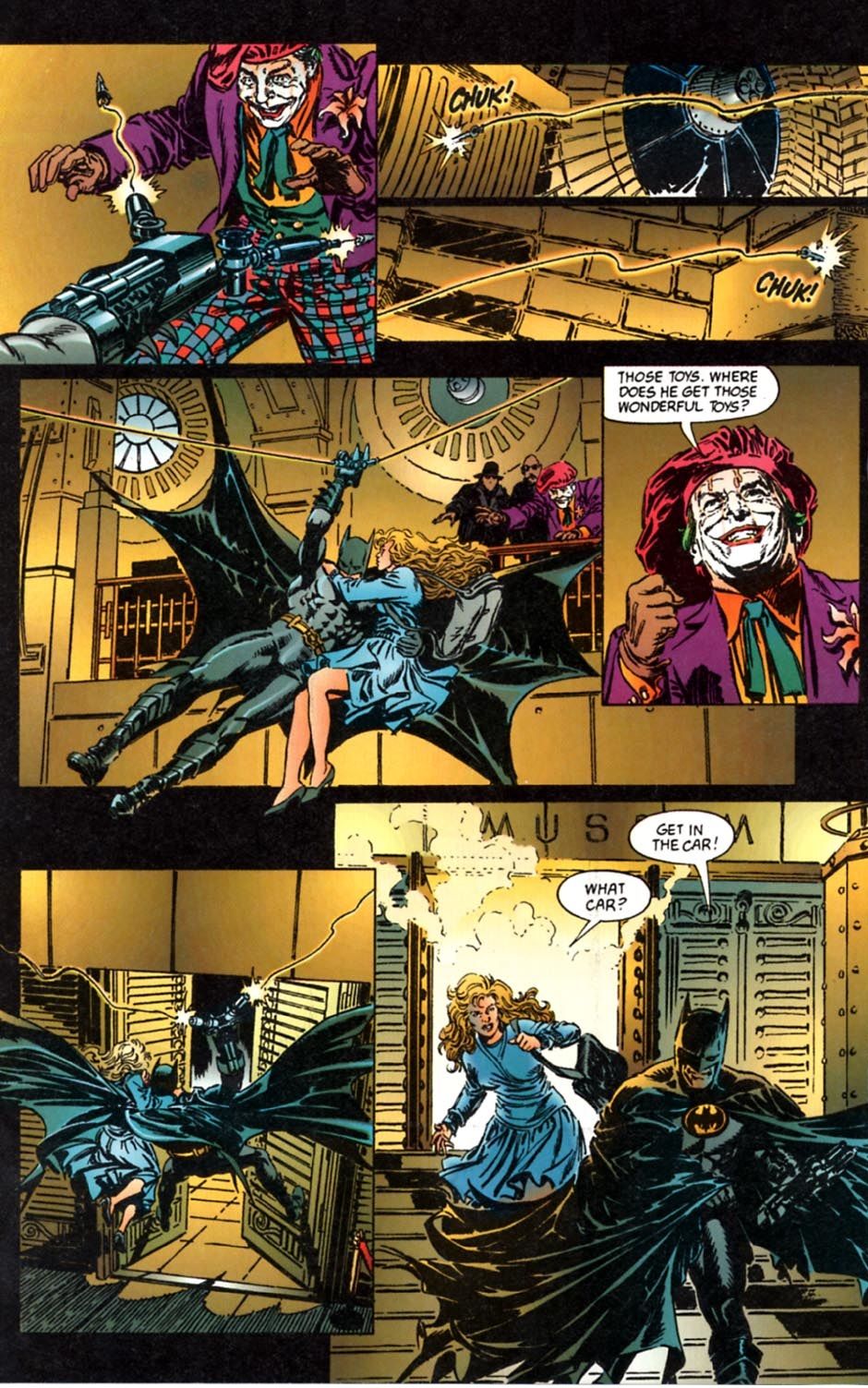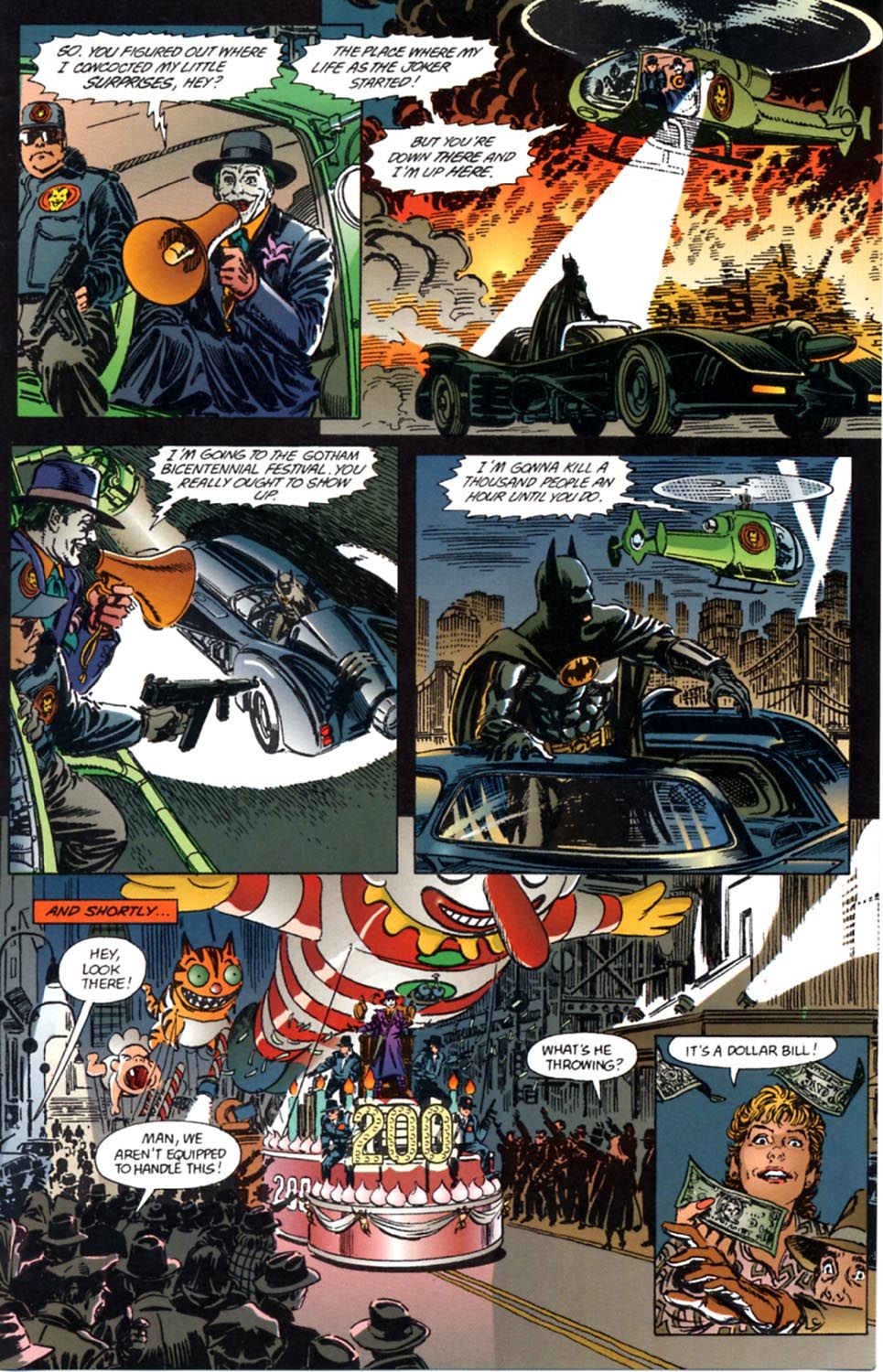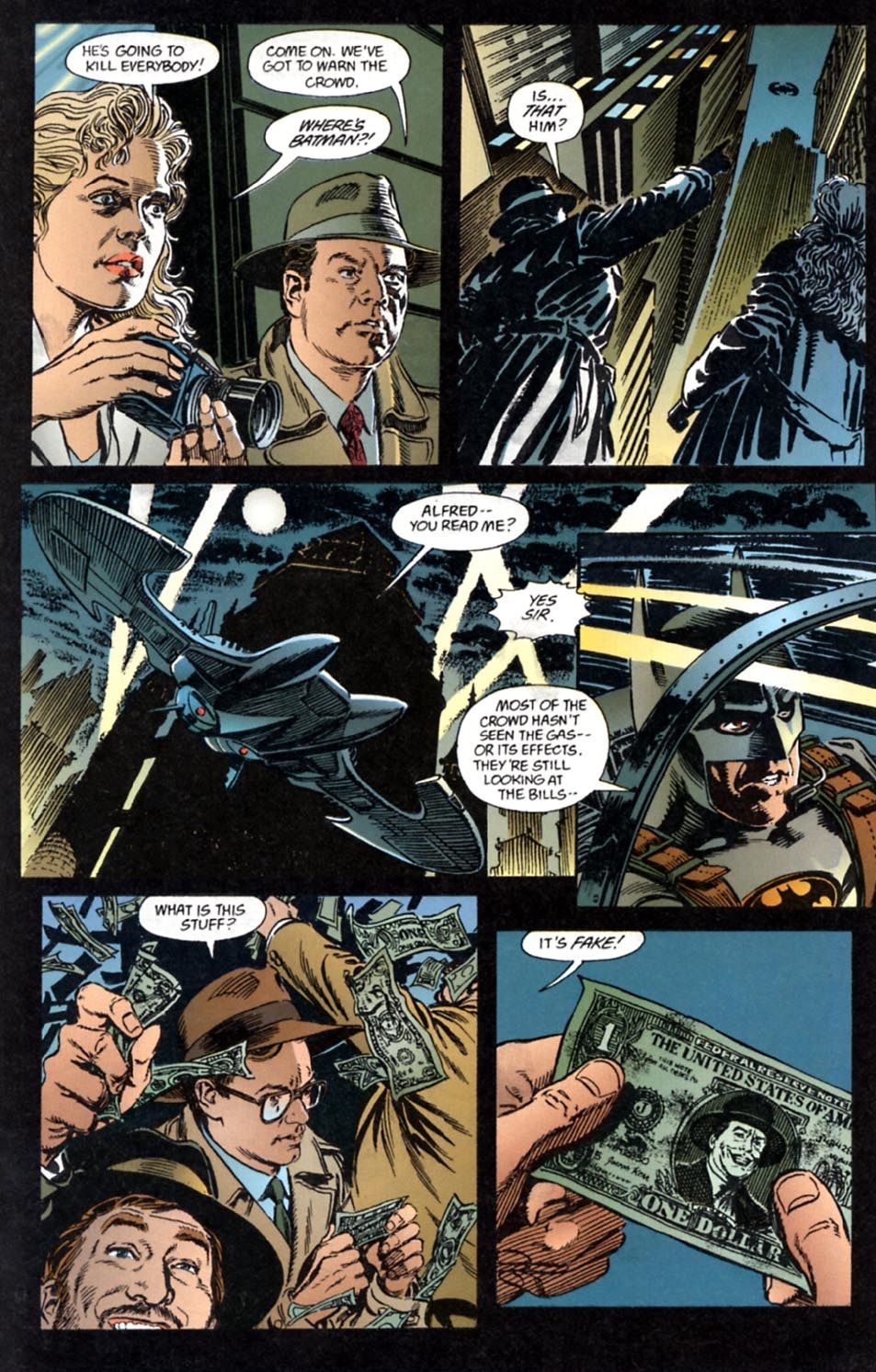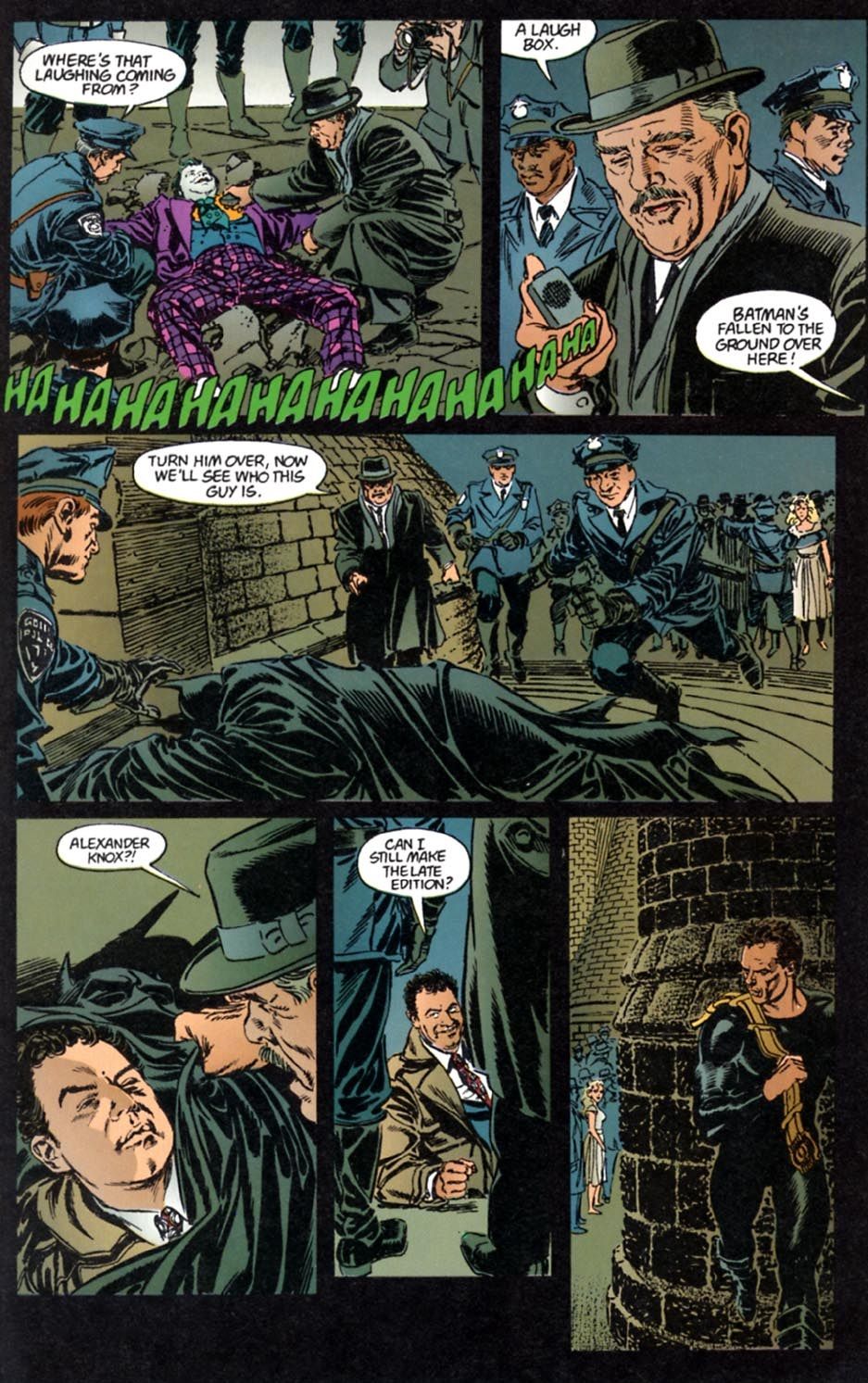This is "Look Back," a brand-new feature that I plan to do for at least all of 2019 and possibly beyond that (and possibly forget about in a week, who knows?). The concept is that every week (I'll probably be skipping the four fifth weeks in the year, but maybe not) of a month, I will spotlight a single issue of a comic book that came out in the past and talk about that issue in terms of a larger scale (like the series overall, etc.). Each week will be a look at a comic book from a different year that came out the same month X amount of years ago. The first week of the month looks at a book that came out this month ten years ago. The second week looks at a book that came out this month 25 years ago. The third week looks at a book that came out this month 50 years ago. The fourth week looks at a book that came out this month 75 years ago.
On the rare occasions, like this month, where there are five weekends in a month, I'll pick a book from a different round number (20 years ago, 30 years ago, 40 years ago, 60 years ago, etc.). This time around, I'm going back thirty years to take a look at the comic book adaptation of the classic Tim Burton Batman film.
One of the interesting little cultural shifts over the years has been the near elimination of novelizations of films and comic book film adaptations. Before there was VHS, the idea was that the only way that you could relive a movie that you loved was through stuff like novelizations, movie trading cards and comic book adaptations.
Heck, the first Marvel/DC joint project was a Wizard of Oz movie adaptation...
The Star Wars film adaptation was one of the biggest comic books of all-time...
VHS began to weaken this importance, but it did not happen right away (heck, film adaptations were still notable right into the early 21st Century). Therefore, the 1989 Batman film adaptation was still a HUGE deal. DC got their Batman editor, famed Batman writer Denny O'Neil, to write the comic book script and they got one of their top artists, Jerry Ordway, to draw it. That's a whole lot of talent for a film adaptation, but that's how things were done back then. Film adaptations got some of the best talent out there (Alan Davis doing the Spider-Man adaptation was probably the last major one we've seen).
Ordway did an amazing job on the painted cover...
One of the funny things about film adaptations is when things change after the fact. For instance, check out the original version of the "Who are you?" "I am Batman!" scene!
"I am the night" is not bad as a line.
Ordway pretty much had to guess what locations look like when doing the adaptation...
Still, some of the set pieces were perfect representations...
The end of the film had lots of pieces missing way until the end of the filming, so O'Neil and Ordway had to figure out a lot of stuff on their own, including coming up with stuff that didn't make it into the actual film (showing the cops reacting to the parade, showing that the money was counterfeit and showing how Bruce got away)...
Wow, what a beautiful job by Ordway.
As an aside, my buddy John Trumbull did a great article about the adaptation for Back Issue #113. I just did a surface look at it here, John went WAY in depth. Go pick up a copy of the issue and read it!
If you have any suggestions for June (or any other later months) 2009, 1994, 1969 and 1944 comic books for me to spotlight, drop me a line at brianc@cbr.com! Here is the guide, though, for the cover dates of books so that you can make suggestions for books that actually came out in the correct month. Generally speaking, the traditional amount of time between the cover date and the release date of a comic book throughout most of comic history has been two months (it was three months at times, but not during the times we're discussing here). So the comic books will have a cover date that is two months ahead of the actual release date (so August for a book that came out in June). Obviously, it is easier to tell when a book from 10 years ago was released, since there was internet coverage of books back then.

